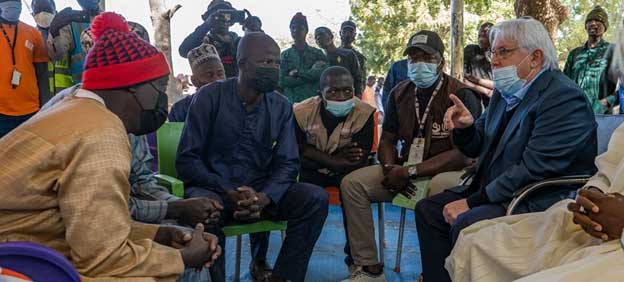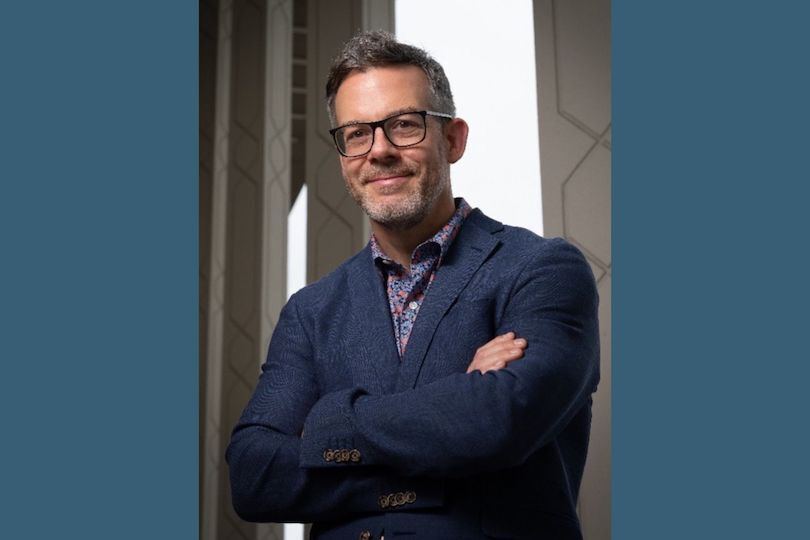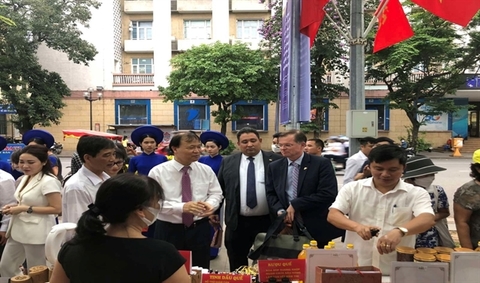[ad_1]
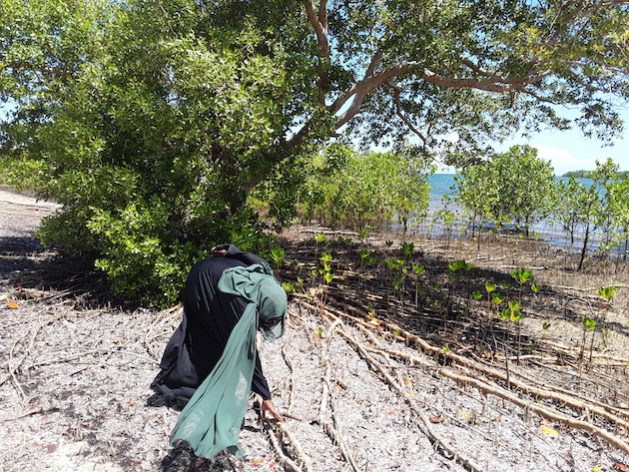
Nairobi, Jul 25 (IPS) – The swish of calm waters adopted by unexpectedly excessive tides and violent waves is now too acquainted for the fisher group alongside Kenya’s 1,420-kilometer Indian Ocean shoreline.
“When a really darkish cloud hovers across the ocean, it’s a sign that it is extremely indignant, releasing very robust waves from its very depth. When this occurs, the ocean will solely relax by taking a life. Fishermen are killed by sudden robust waves yearly,” Aisha Mumina, a resident of Makongeni village in Kilifi County, tells IPS.
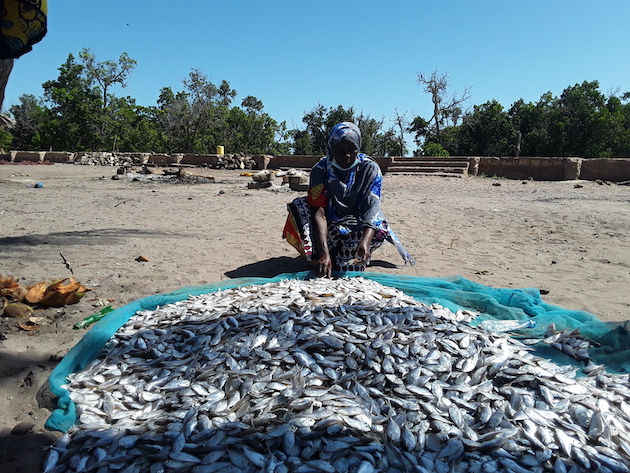
However even throughout such excessive tides, Mwanamvua Kassim Zara, an area fish dealer, says the inventory has considerably declined. Earlier than, excessive tides meant extra fish as a result of they might run to the security of thick mangrove roots for shelter, feeding and breeding.
As we speak, she says, fishers can not solid their internet past the coral reef and count on a harvest. Even the favored Dagaa, a tiny silver fish and a most most popular delicacy in Vanga Bay in Kwale County with a inhabitants of over 8,700 households, has all however disappeared.
“I purchase a bucket of fish from the fishermen at 40 to 45 US {dollars}, up from 20 to 25 US {dollars}. The excessive costs are then transferred to our clients who purchase one kilogram of boiled, dried and salted fish at 3 US {dollars} up from 2 US {dollars},” she tells IPS.
Kassim thought-about diversifying into rice farming, however even that presents a brand new set of challenges. Whereas the tides aren’t sweeping fish to the shores and into the fishers’ nets, the excessive tides flood adjoining rice farms. This makes it unattainable to entry the farms, resulting in the destruction of crops.
In Jimbo village, she says dad and mom have been afraid to ship their youngsters to Jimbo Early Childhood Schooling (ECD). In excessive tides, water from the adjoining Indian Ocean would flood the college, placing the lives of youngsters in danger.
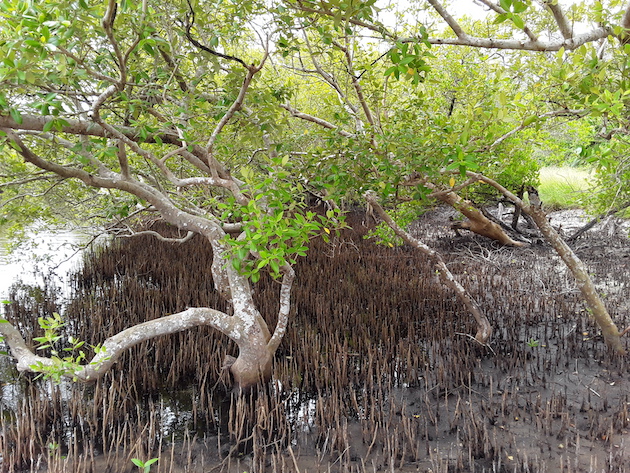
However Kassim says a promising community-led, community-driven initiative is progressively addressing their most urgent local weather change-related issues. This hope is to revive mangroves and unleash their hidden superpowers to retailer three to 5 instances extra carbon than terrestrial forests.
As soon as dismissed as soiled and swampy wetlands, the maze of lush inexperienced mangroves lining meandering water channels alongside Kenya’s shoreline have been extensively encroached upon, degraded and mangrove bushes felled at a charge of 0.5 % per yr from 1991 to 2016, in accordance with the Kenya Forest Providers (KFS).
Counting on indigenous information, indigenous ethnic teams alongside Kenya’s shoreline, together with the Digo, Duruma, Shirazi, Wapemba and Wagunga individuals, found that the extra they lower down mangroves for firewood, constructing materials, fishing tools and commerce, the extra fish disappeared. With these modifications got here increased and extra highly effective waves and floods.
“Whilst varied fish species equivalent to milkfish, mullet fish and octopus slowly disappeared and fishermen might not solid their nets previous the coral reef and catch a prawn, crab or different shellfish, it took time to see the connection,” Harith Mohamed Suleiman, a member of Kwale’s Vanga Bay indigenous communities tells IPS.
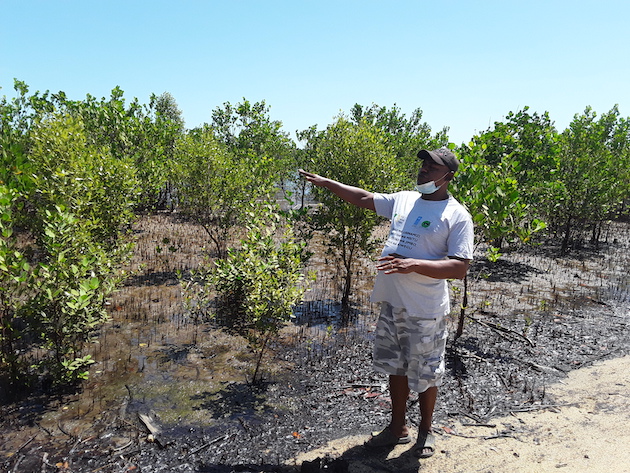
Mangroves are the primary line of defence in opposition to Indian Ocean-related catastrophes. Mangrove roots present fish with feeding and breeding grounds. They permit near all fishing actions to be carried out alongside shallow inshore areas inside and adjoining to the mangroves, in accordance with the Kenya Marine and Fisheries Analysis Institute (KMFRI).
“It took us a few years to know that mangroves are the breeding and nursery grounds for a lot of fish species round right here. By shedding mangroves, we have been shedding our lifeline. We generate income from fishing, tourism, hen watching, beekeeping and honey from mangrove forests is exclusive and priceless,” Suleiman expounds.
Oscar Kiptoo, a conservationist and researcher at KFS, says mangroves are authorities reserve forests underneath KFS both singly or in partnership with the Kenya Wildlife Service when mangroves develop in marine parks and reserves. The overall mangrove cowl on this East African nation, he says, is roughly 61,271 hectares.
Lamu County has 37,350 hectares, Kilifi 8,536 hectares, Kwale 8,354 hectares and three,260 hectares in Tana River. Mombasa has 3,771 hectares of mangroves distributed alongside Port Reitz and Tudor Creeks.
An estimated 1,850 hectares of Mombasa County’s mangrove cowl are degraded, with greater than 1,480 hectares destruction reported in Tudor Creek, primarily as a result of mangrove wooden is proof against rot and bugs and due to this fact extremely priceless for constructing materials.
Suleiman explains how three adjoining villages in Kwale County fashioned the Vanga Jimbo Kiwengu (VAJIKI) Group Forest Affiliation to revive, preserve and defend mangroves voluntarily.
Suleiman, the chair of VAJIKI, says the initiative was impressed by Gazi and Makongeni villages in Kilifi County. These communities pioneered the primary of its sort carbon offset undertaking on the earth to efficiently traded mangrove carbon credit. They labored underneath the Mikoko Pamoja Group group with assist from the Kenya Marine and Fisheries Analysis Institute (KMFRI).
Kassim, from the VAJIKI group, says the group initially didn’t succeed as a result of they lacked information about mangrove species and zoning. There are mangroves for the shoreline and those who do greatest on the mainland.
“Since 2016, educated individuals from the federal government have been educating us the right way to plant and defend mangroves. They inform us mangroves are the roots of the ocean, the identical approach {that a} tree can not develop with out bushes, so it’s with the ocean. We can not profit from the ocean if we destroy mangroves. We discover ways to use mangroves as a wall across the ocean to guard us from excessive tides, and we see the fruits of our work,” Kassim says.
Suleiman agrees, including that the VAJIKI undertaking is a 460 hectares mangrove initiative formally launched in 2019. He says 450 hectares (1,112 acres) shall be conserved, protected, and allowed to rejuvenate naturally. The remaining 10 (25 acres) shall be reforested over twenty years.
Out of the 450 hectares (1,112 acres), he says 250 hectares (618 acres) are on the mainland and at important threat of continued over-exploitation, and one other 200 hectares (494 acres) are on the uninhabited Sii Island. Though unexploited, mangroves on Sii Island are at important threat from loggers.
Suleiman says the VAJIKI group is dedicated to making sure that the island stays free from all human exercise, together with unlawful fishing and dynamite use. In keeping with KFS, roughly 250 fish and 124 coral species are protected by the Sii Island mangroves.
“The VAJIKI group is in talks with authorities representatives to pioneer a transboundary mangrove conservation and restoration initiative that may begin from Mombasa, by Kwale County and into Tanzania. We’re in shut proximity with different indigenous communities on the Tanzania facet of the border. We’ve got no language or cultural limitations,” he says.
Suleiman says they’ve learnt mangrove seedlings have the next survival charge when ready for planting in a seed nursery. Mangrove seedlings could have been collected within the expansive mangrove forest, packed in sacks, soaked in salty or marine water and saved for planting for six months. Not less than 100 group members volunteer for the train on seed planting days.
Mangrove seeds are seasonal, and their availability all year long varies from species to species. As an example, Ceriops Tagal seeds can be found in February and March, Rhizophora mucronata seeds can be found in March and June, and Avicennia marina seeds can be found in April and Might.
The VAJIKI group vegetation not less than 3,000 seedlings of mangroves yearly and targets to promote carbon credit score price 48,713 US {dollars} per yr by accumulating 5,023 tons of carbon above floor. Their data present that the 2020/21 interval introduced carbon credit price 44,433 US {dollars}.
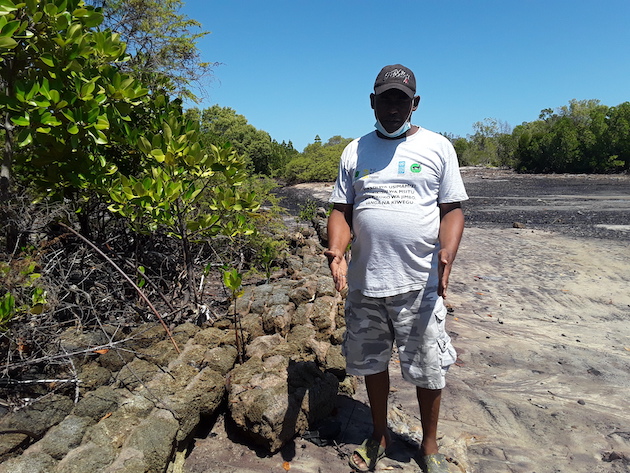
Suleiman says the VAJIKI Group sells above-ground carbon calculated utilizing direct measurements of mangrove biomass. Kiptoo says these measurements are taken utilizing historically established forest stock strategies.
He says the method entails accumulating tree measurements, together with top, crown space or wooden density, and diameter at breast top throughout the designated plots. These measurements, he says, are then used “as an enter to the allometric equation, also referred to as biomass estimation equations, to offer biomass estimates.”
Suleiman says these calculations require technical know-how. The VAJIKI group depends on the Affiliation for Coastal Ecosystem Providers (ACES), a charity registered in Scotland, to coordinate the complete course of, together with the precise carbon buying and selling, as a result of they’ve entry to viable worldwide markets.
“Ladies in Kiwengu village delivered at house or in different villages as a result of Kiwengu Dispensary didn’t have a maternity (ward). However we purchased a mattress utilizing the cash, and girls are protected to ship on the dispensary. Our kids can go to nursery college as a result of we constructed a barrier to stop floods from getting into the college. Rice farming is feasible now as a result of the floods have diminished within the final two years,” Kassim says.
In Makongeni Kilifi County, Naima Juma says her nine-year-old daughter was accosted and almost assaulted on her method to fetch water; “we used to stroll for 2 kilometres in search of freshwater as a result of our waters are too salty. However now everybody within the village has water near their houses by communal faucets or personal family faucets.”
Offering clear water to the group, improved well being care, sanitation, training and infrastructure to the advantage of Juma and 4,500 group members was made doable by the Mikoko Pamoja (mangroves collectively) initiative.
Information present the Mikoko Pamoja community-based group has 117 acres of mangrove plantation, restoring the degraded shorelines of Gazi bay by planting roughly 2,000 seedlings yearly and one other 2,000 on the mainland. The undertaking captures an estimated 2,000 tons of carbon under and above floor. Information present the undertaking presently earns not less than 25,000 US {dollars} yearly from carbon buying and selling.
“Our group leaders and chiefs normally invite us to a gathering to debate how the cash must be spent. We normally select initiatives that profit all of us,” Juma tells IPS.
Group initiatives, Suleiman says, are so robust {that a} non-public developer who as soon as destroyed acres of mangroves to construct a seaside lodge and restaurant simply meters away from the shoreline demolished the power attributable to group resistance. Different builders equally deforested giant chunks of mangroves to construct salt pans – the initiatives have since been terminated.
Kiptoo says ongoing community-led initiatives are hitting all the proper targets as they’re a win for local weather, biodiversity and communities.
Because of ongoing community-based and community-led initiatives, he says the nation is efficiently halting the degradation and deforestation of mangroves.
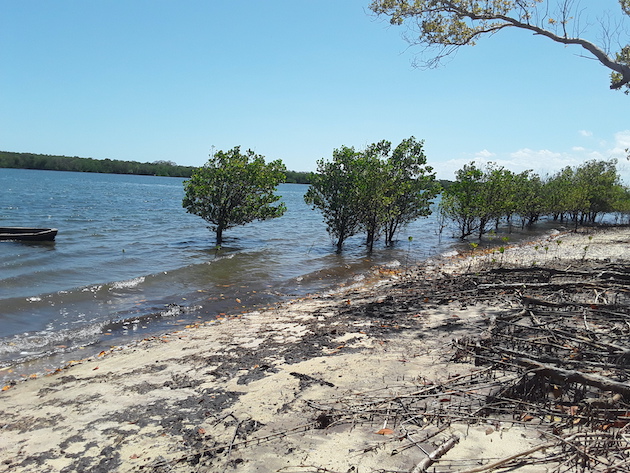
Preserving with the United Nations Instructional Scientific and Cultural Group (UNESCO) to undertake the Worldwide Day for the Conservation of the Mangrove Ecosystem proclamation marked yearly on July 26, between 2019 and 2022, KFS says over 16.7 million mangroves seedlings have been planted.
Suleiman says community-led initiatives aren’t with out their justifiable share of challenges. “A lack of knowledge of assorted mangrove species accessible and the place they develop greatest is the primary downside as there are species that thrive on the mainland and others alongside the shoreline.
“A lack of understanding on planting strategies, both by a nursery or just choosing a seedling and instantly sticking it within the floor, problems with seedling spacing, and all these elements have an effect on the survival charge. VAJIKI began planting seedlings years in the past, however till just lately, once we began interacting with scientists, the survival charge was solely 10 %.”
He encourages coastal communities to associate with scientists and the federal government as a result of with an elevated understanding of mangroves, the survival charge will enhance. Different advantages will observe – like elevated carbon dioxide trapped in mangroves and cash earned from carbon buying and selling that can be utilized to assist group initiatives. All these considerably enhance lives.
Kassim says her beloved Dagaa, a staple within the Vanga bay group, is slowly returning to the shores and inside attain of fishers. She says enterprise is booming and that fish costs would have already gone down if it weren’t for ongoing inflation and the gas value.
This function was reported with assist from Internews’ Earth Journalism Community.
IPS UN Bureau Report
Follow @IPSNewsUNBureau
Comply with IPS Information UN Bureau on Instagram
© Inter Press Service (2022) — All Rights ReservedAuthentic supply: Inter Press Service
[ad_2]
Source link

